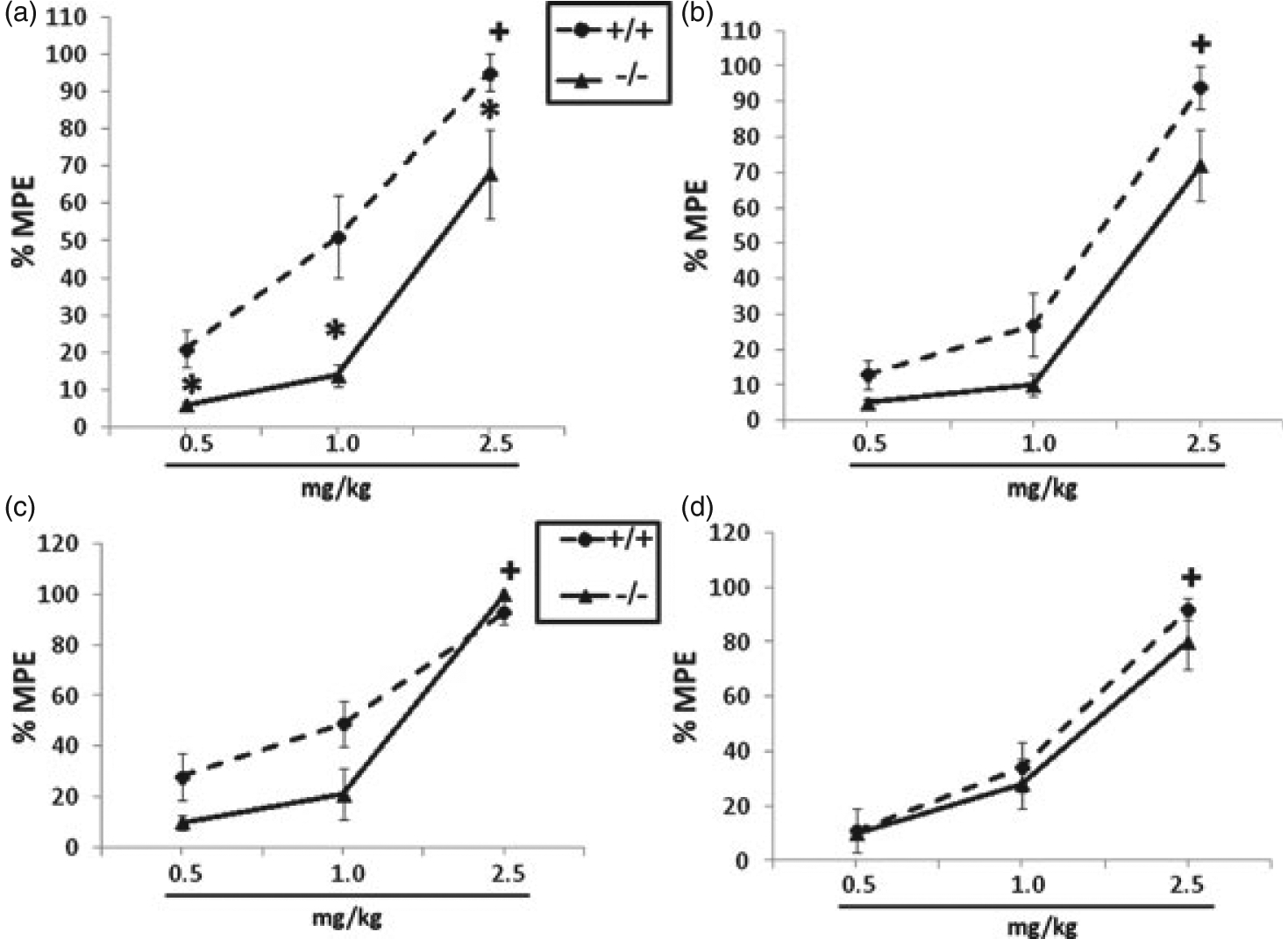Figure 1: HINT1 mediates acute spinal antinociceptive effects of nicotine.

Nicotine-induced antinociception was observed in both sexes and genotypes in both tests. (a) Male HINT1−/− mice are less sensitive to nicotine-induced antinociception than their +/+ counterparts in the tail-flick test, but (c) not in the hot-plate test. (b) Female HINT1 +/+ and −/− mice do not significantly differ in their antinociceptive response to nicotine in the tail-flick or (d) hot-plate test. Each point represents the mean ± SEM for 10–12 mice per group. * denotes P < 0.05 vs. corresponding +/+ mouse. ‘+ ’ denotes P < 0.05 vs. lowest nicotine dose for corresponding genotype. The x-axis represents nicotine doses administered and the y-axis represents %MPE.
